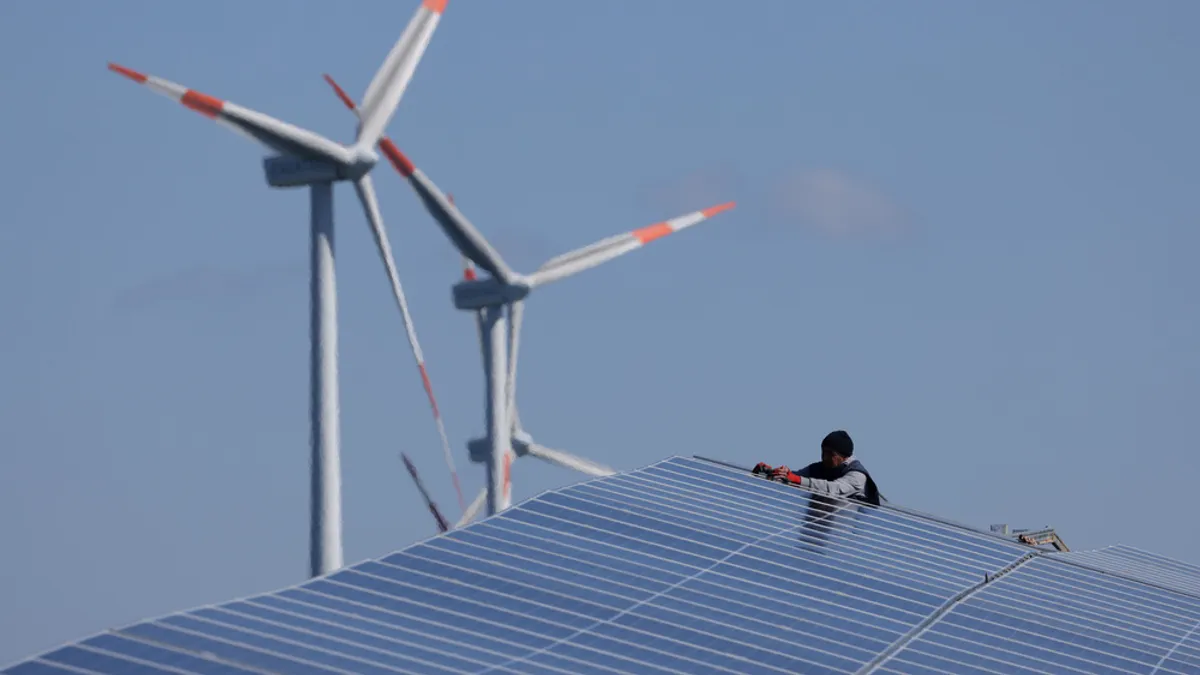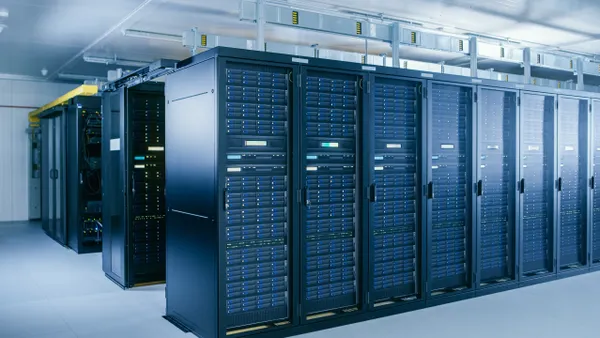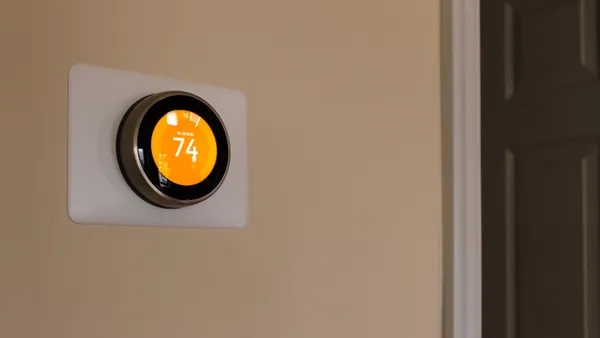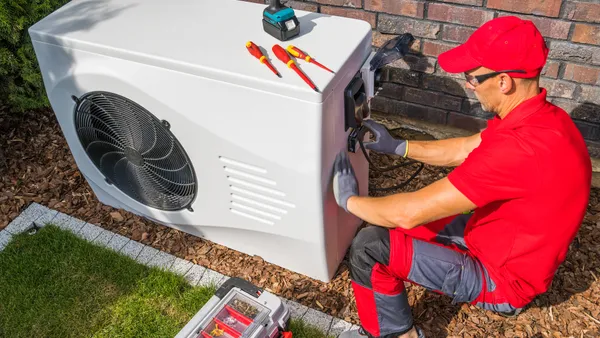Dive Brief:
- New analysis from the Department of Energy's Pacific Northwest National Laboratory (PNNL) finds there is significant energy savings which could be harnessed by using control technology already installed in most large commercial buildings.
- The study looks at 34 different energy efficiency measures, most of which rely on control technology, and concluded they could cut annual commercial building energy by an average of 29%
- More effective use of efficiency measures in commercial buildings would result in between 4 to 5 quadrillion British thermal units in national energy savings--or about 4% to 5% of the energy consumed nationwide.
Dive Insight:
Commercial buildings with control technology installed are not getting the most out of it, researchers at PNNL have concluded. But by optimizing those systems, the United States could reduce energy consumption by the equivalent of what is currently used by 12 to 15 million Americans.
"Most large commercial buildings are already equipped with building automation systems that deploy controls to manage building energy use," report co-author and PNNL engineer Srinivas Katipamula said in a statement. "But those controls often aren't properly programmed and are allowed to deteriorate over time, creating unnecessarily large power bills.
The report offers the first detailed, national benefit analysis of multiple energy efficiency measures to address building operational problems. Many of these problems can be corrected with very little effort. Unlike other practices that require expensive new technologies, most of the measures evaluated improve energy efficiency by enabling already-installed equipment to work better.
Roughly 20% of the United States' total energy use goes toward powering commercial buildings, according to PNL, and about 15% commercial buildings in this country have building automation systems that deploy controls.
"Our research found significant nationwide energy savings are possible if all U.S. commercial building owners periodically looked for and corrected operational problems such as air-conditioning systems running too long," Katipamula said.
Those findings echo research from the Rochester Institute of Technology, which concluded commercial buildings are spending $600 million more than necessary every year to heat and cool spaces and wasting significant energy.
The RIT study concluded changing office building temperatures to better match employee comfort could save 3,100 GWh in electricity and 17,500 billion Btu in natural gas each year—about 1.4% of total office building power consumption and 6.5% of gas burn. Similar changes in full-service restaurants could achieve savings of 1,300 GWh in electricity and 2,800 billion Btu in natural gas, or about 2% and 1.4% savings, respectively.
Katipamula and other PNNL researchers looked at efficiency measures including: fixing broken sensors that read temperatures and other measurements; turning off power-using devices like printers and monitors when unnecessary and dimming lights in areas with natural lighting.
PNNL researchers modeled nine prototypical commercial buildings, and extrapolated them to represent five other, similar buildings so it could evaluate energy use in a total of 14 building types. Then, they estimated how common each building condition is in the U.S., and found combined efficiency measure packages could save inefficient buildings from 30% to 59% of their energy use.
Typical buildings would save 26% to 56%, while buildings which are already efficiency could save on average 4% to 19%.
















